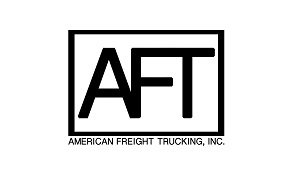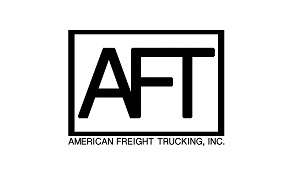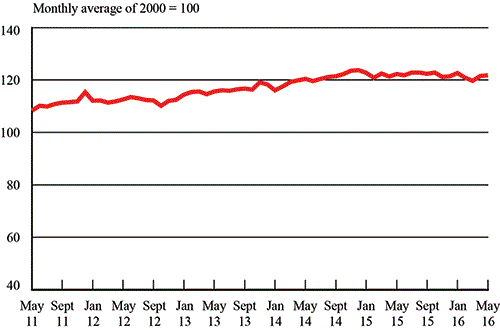IronPlanet Adds Instant Financing Options

IronPlanet, an online marketplace for selling and buying used equipment and other durable assets, announced that buyers on IronPlanet, TruckPlanet, and GovPlanet can take advantage of instant express financing on equipment purchases when they want to bid.
Bidders can choose to get pre-approved for financing instantly via Express prior to bidding so they are confident in placing higher bids, or they can choose instant financing via Express after purchasing an item. Cat Financial, a trusted name in the industry, is also a partner with IronPlanet for equipment finance.
Buyers can pre-qualify for financing or get it at the time of purchase by clicking on the Express “power dollar” on IronPlanet equipment pages. IronPlanet buyers can take advantage of fast, competitive options for financing whether they are purchasing a crawler tractor on IronPlanet, a long-haul truck from TruckPlanet, or a Humvee (HMMWV) on GovPlanet.
“Express's ability to provide instant financing gives our buyers more purchasing power and greater transparency in their ability to make equipment purchases,” said Randy Berry senior vice president, operations & services for IronPlanet. “At IronPlanet we are committed to giving our customers the confidence to bid on big, heavy equipment that keeps their businesses running. From our IronClad Assurance, to our long-time partnership with VeriTread, and now our multiple warranty and financing options, online buyers have an integrated experience that lets them bid, buy, transport and put to work the used equipment they buy from us – all in one transaction from their office or jobsite.”
Follow @HDTrucking on Twitter








